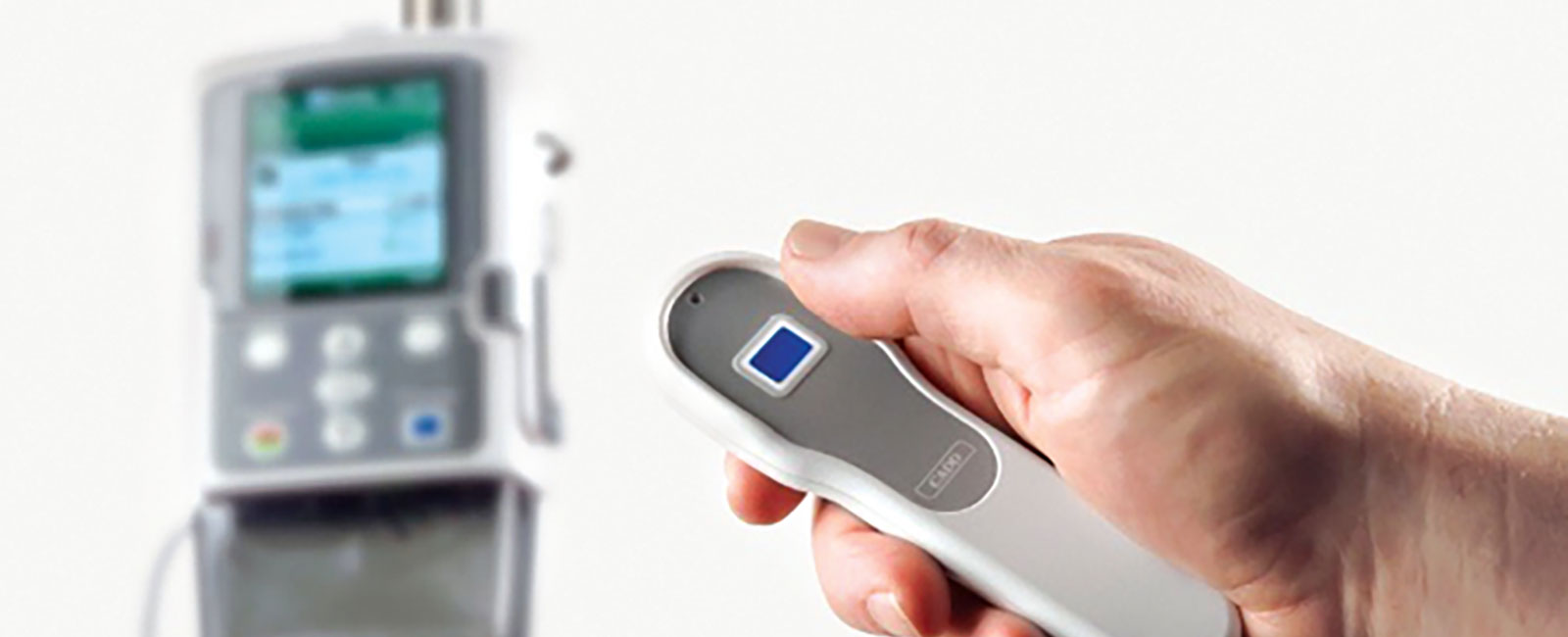
What is Patient Controlled Analgesia (PCA)?
Patient Controlled Analgesia (PCA) is a method that allows patients to administer pain medication (painkillers/analgesics) to themselves when they experience severe pain. Programmed through a PCA machine, pain medication can be given gradually through a vein (intravenous route) without them having to go through repeated injections.
PCA can be used to treat both short term acute and long term chronic pain, and is typically used for patients recovering from certain surgeries for pain management.
What should I tell my doctor/nurse before I use PCA?
Prior to using the PCA, please inform your doctor/nurse about any health condition that you may have, including:
- Allergies to any medication or reactions to pain medication.
- Current or long term use of alcohol or drugs.
- History of medical condition such as asthma, sleep apnea, or COPD (Chronic Obstructive Pulmonary Disease).
- Recent or long term use of any opioid pain medication.
- Recent use of medication that make you drowsy, such as antihistamines, anxiety or insomnia (sleep inducing) medication.
How does PCA work?
PCA works through a pump attached to a syringe filled with pain medication, which will then be connected through a cannula into your vein. The pain medication will be delivered through your intravenous (IV) line when you press a button.
The PCA pump comes with various safety features, including:
- A lockout period that prevents you from getting a dose of medication too soon.
- A limit on dosage, where the pump will only deliver a set amount of medication no matter how many times you push the button. PCA may be used until your pain can be controlled with oral painkillers or as advised by your doctor.
What safety precautions do I need to take?
- Do not allow anyone to push the button for you. Inform all visitors that they should not push the button for you as you may receive more medication than you need. The button should only be pushed by yourself when you need pain relief.
- Inform your doctor/nurse if you continue to feel uncomfortable a few minutes after you push the button. Your doctor may adjust the dose amount and/or frequency depending on your condition.
- Press the call button and ask for help before you get out of bed. Pain medication may make you feel weak, dizzy, drowsy, and reduce your awareness, which in turn increases your risk of falls.
- Tell your doctor/nurse if you use a CPAP (Continuous Positive Airway Pressure) when you sleep. A CPAP machine is used to keep your airway open if you have sleep apnea or snore when you sleep. Please inform your doctor/nurse if you have been using the CPAP machine at night.
- Do not remove your pulse oximeter. A pulse oximeter is a device that measures the amount of oxygen in your blood. It is usually worn as a sticker/clip over your finger or toe. This device helps your doctor/nurse to monitor the oxygen level in your blood.
What are the side effects of pain relief medication?
- Breathing difficulties
- Constipation
- Drowsiness / dizziness
- Dry mouth
- Itchy skin
- Nausea
- Vomiting
Please inform your doctor/nurse if you experience any of the above symptoms or feel unwell. Your nurse will also monitor you closely and advise on your condition accordingly.
What are the benefits of PCA?
PCA can bring about many benefits to a patient, including:
- Having better control over your pain
- Increased independence, as you will be able to move about and perform some activities of daily living, such as brushing your teeth, combing your hair and feeding yourself
- Not having to wait for your doctor/nurse to administer pain medication
More Support Links:
